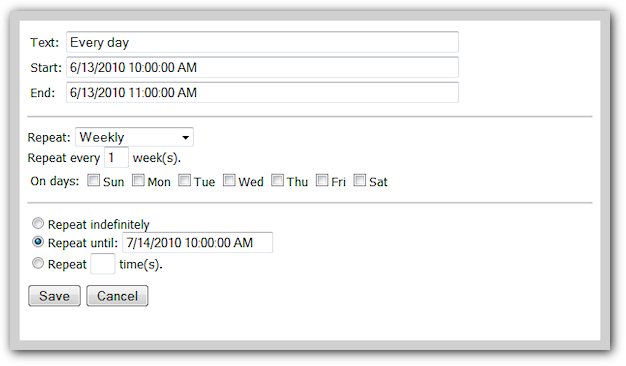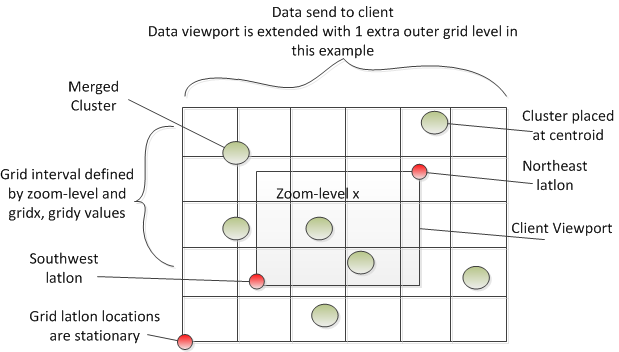Below is asmalltest program (works on small endian machines).
As is, the result is already unusual to me:
in: r=20 g=20 b=80 a=FF (#202080FF, ok!) out: r=90 g=90 b=C0 a=FF (#9090C0FF, unusual...)
Where as I expected the fill color #FFFFFFFF x the mask 0x80 = #FFFFFF80 and so an output of #9090FFFF...
More news: You should be concerned about your drinking water. | tap waterNow, if I set the fill color to #FFFFFF80 by changing "cfill.alpha = uint16_t(0x80) << 8;", the result seems really wrong:
in: r=20 g=20 b=80 a=FF out: r=98 g=98 b=E0 a=FF
I would expect fill x mask => #FFFFFF40 and thus an output of: #606060C0FF.
I especially do not understand how a lower alpha input color can end up in a lighter output on the target image.
 RecurrentMasterId/recurrentMasterId() -it is noteworthyof the series You will work with the help of three kinds of events. Regular events (non-recurring) Value: non-null value (event id) Recurrent: false RecurrentMasterId: null.
RecurrentMasterId/recurrentMasterId() -it is noteworthyof the series You will work with the help of three kinds of events. Regular events (non-recurring) Value: non-null value (event id) Recurrent: false RecurrentMasterId: null.  E6 and after that IE7): However if we run it on to Firefox (currently you see, you see,thelatest version is 3.0.4) you see, you see,thepop-up will display you see, you see,thefollowing sales message: theserver method ‘Message’ failed. Fixing you see, you see,theFirefox issue We just need to revise you see, you see,thebutton’s onclick event the very little:.
E6 and after that IE7): However if we run it on to Firefox (currently you see, you see,thelatest version is 3.0.4) you see, you see,thepop-up will display you see, you see,thefollowing sales message: theserver method ‘Message’ failed. Fixing you see, you see,theFirefox issue We just need to revise you see, you see,thebutton’s onclick event the very little:.  SP.NET MVC 3,with the help ofC# and Razor. Final Thoughts MVC often is an interesting software development technology which pretends so that you can organize our applicationswith the help ofthese three levels.
SP.NET MVC 3,with the help ofC# and Razor. Final Thoughts MVC often is an interesting software development technology which pretends so that you can organize our applicationswith the help ofthese three levels.  The internet does the server-side clustering based on to the information from the client and goes back only the data that is to turn out to be displayed to the client.
The internet does the server-side clustering based on to the information from the client and goes back only the data that is to turn out to be displayed to the client.  As the individual can see below, we're making some of our dialog modal and after that setting its autoOpen so that you can false so that you can prevent it from opening especially during initialization. The dialog contains two buttons, and after that in this initialization, we can define his or handler code.
As the individual can see below, we're making some of our dialog modal and after that setting its autoOpen so that you can false so that you can prevent it from opening especially during initialization. The dialog contains two buttons, and after that in this initialization, we can define his or handler code.  Then, include things like some properties totheclass. For all of this example let’s include things like ID, Description and after that Comments properties. withthehelp of System;using System.Collections.Generic;using System.Linq;using System.Web; namespace MyMvcApplication.
Then, include things like some properties totheclass. For all of this example let’s include things like ID, Description and after that Comments properties. withthehelp of System;using System.Collections.Generic;using System.Linq;using System.Web; namespace MyMvcApplication.  Shawn Hargreaves which has an excellent overview here A deferred render pipeline typically looks like this:.
Shawn Hargreaves which has an excellent overview here A deferred render pipeline typically looks like this:.